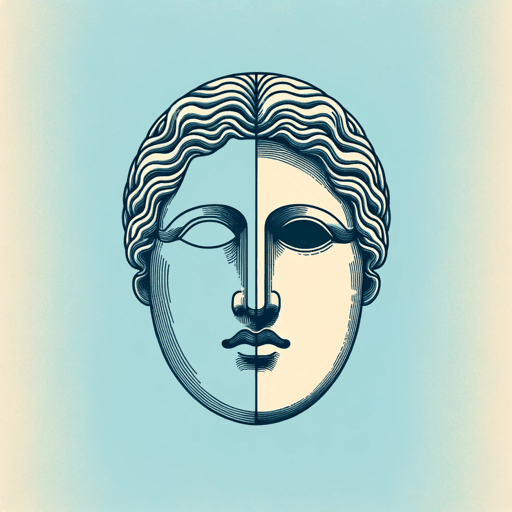28 pages • 56 minutes read
Susan SontagAgainst Interpretation
Nonfiction | Essay / Speech | Adult | Published in 1966A modern alternative to SparkNotes and CliffsNotes, SuperSummary offers high-quality Study Guides with detailed chapter summaries and analysis of major themes, characters, and more.
Themes
The Experience of Art and its Theorization
“Against Interpretation” analyzes not just art, but primarily the experience and theory of it as well, which she presents as equally important. Through this foundational framework, the author supports her claims that the style of interpretation predominant during her time must be replaced by a form of artistic criticism that cares more for experience than theory.
Sontag observes that the earliest experience of art involved ritual and that the earliest theory of art involved mimesis, or interpretation (95); in doing so, she orients her discussion toward a critique of interpretive principles. This discussion opens through references to cave paintings and Greek philosophy (95), though it continues by recounting well-established allegorical interpretations of authors such as Franz Kafka and Samuel Beckett. The multiplicity of interpretations serves to prove their absurdity, in Sontag’s view, and show how they act as a distraction from the immediate value of the work. By listing such examples, Sontag voices her concerns about the nature of interpretation as an aesthetic vehicle for instilling meaning in works of art and literature in place of their true, essential nature.
In contrast to this, the essay argues in favor of an approach that evades interpretive theories of art and focuses more on the experience of art itself.
Related Titles
By Susan Sontag





